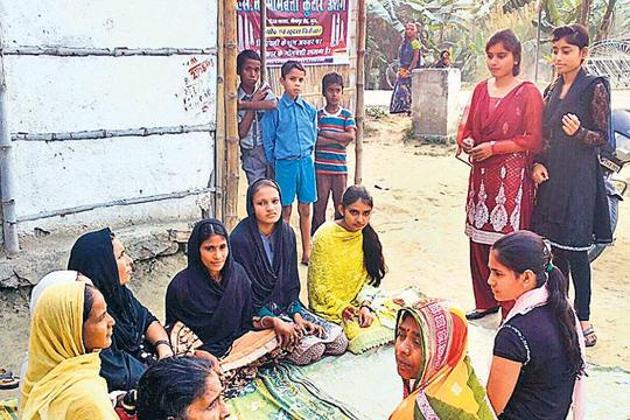NFHS-4 data is a treasure trove for marketers
Insights from NFHS-4 data need not be confined to marketing/advertising strategy meetings.
Imagine a pan-India survey of more than six lakh households which can tell us whether men/women of a household which owns a computer with an internet connection read newspapers more frequently than they watch television. What if the survey also lets us answer the question for specific religion/state or wealth levels of the respondents? Possession of such knowledge can be decisive when marketers are deciding on advertising allocations.

It is extremely unlikely that anybody possesses this kind of information in the Indian media marketing landscape. Comprehensive surveys are very expensive to conduct. An exercise such as the one described above would probably cost more than the entire annual marketing budget of most top media organisations in the country.
Here’s the good news. The information is now available nearly for free. All that needs to be done is an analysis of the unit-level data of the fourth round of National Family and Health Survey (NFHS-4) which was carried out in 2015-16. Most media commentary on the NFHS is focused on women’s health, nutrition and reproductive indicators. While undoubtedly important, this does not do justice to the fact that the NFHS-4 is a treasure trove for a whole lot of data on India’s socio-economic landscape.
It tells us about overall wealth levels, detailed ownership of various types of consumer and capital goods (from a tractor to an air-conditioner) and exposure of men and women of the household to various mass media (newspapers, TV, radio and cinema/theatre). Respondents can be classified by gender, education levels, wealth, religion, caste, rural-urban residence and marital status.
Some basic results are worth reproducing here. More than one-third of rural women do not have regular exposure to any of the mass media mentioned above. The figure is almost three-fourth for women of the poorest 20% households. The share of women who read newspapers at least once a week doubles when one moves from currently-married to unmarried women. The jump is much smaller when it comes to watching television. Popularity of radio and cinema/theatre is much less than that of newspapers and television. Wealth seems to have the biggest positive relationship with a degree of regular exposure to media.
This is not all. NFHS-4 also tells us whether women are allowed to go unaccompanied to markets or travel outside villages/communities and whether they are allowed to participate in spending decisions.
A region where more women go alone to the market is more likely to offer returns on advertising/promotion of women’s products at the point of sale. In places where this mobility is lower, it makes sense to reach out to the potential customer by using a more aggressive mass-media advertising strategy.
Insights from NFHS-4 data need not be confined to marketing/advertising strategy meetings. It would be naïve to assume that editorial decisions do not take into account the nature of (what they think constitutes) their biggest audience. There is some merit in the accusation that average Indian newsrooms have a male upper-caste bias in their coverage. This is often justified on the grounds that men are bigger consumers of news/mass media than women.
While NFHS-4 data does show that men have a greater exposure to mass media than women, it also shows that the share of women accessing mass media is not insignificant by any means. The gender gap is greater in exposure to newspapers than television. This is expected as TV also offers entertainment in addition to news.
But a different question could be asked. How much of our news content in both TV/newspapers actually caters to what women want to see/read?
Should gender coverage be confined to the two extremes of reporting crimes against women and supplements on home-making tips? Patriarchal notions also operate via women in the society. NFHS-4 shows that the prevalence of justification for wife beating on any pretext is greater among women than men.
What other ideas do editors have when it comes to creating content for the woman who consumes news? How many newspapers, be it vernacular or English, have regular gender columns with mass readership? Is it possible for a newspaper/news channel to create a space, and hence market, for itself by offering mass-oriented and yet superior gender coverage? Will we ever see copyright fights over the tagline what the women of the nation want to know?
roshan.k@htlive.com





